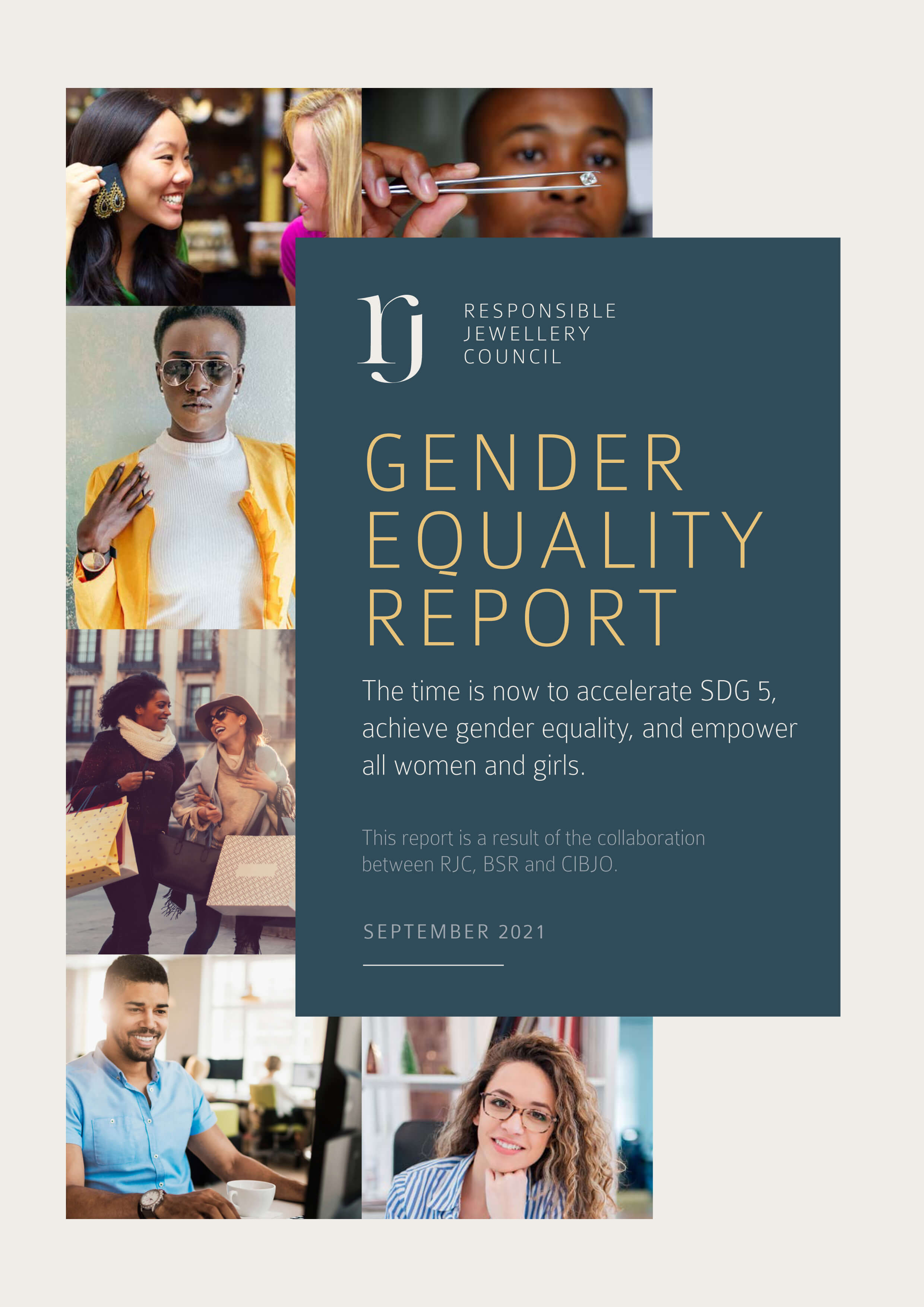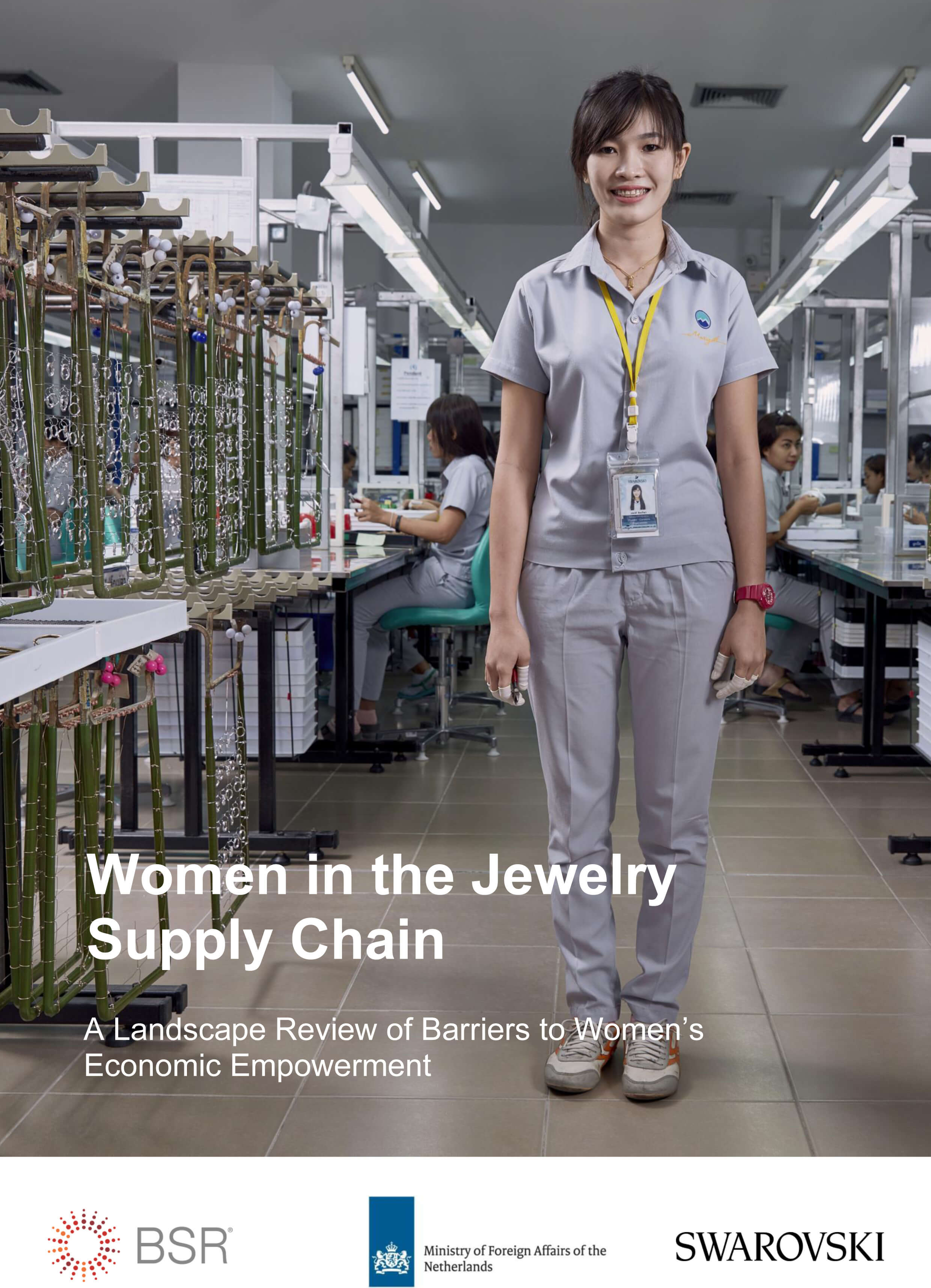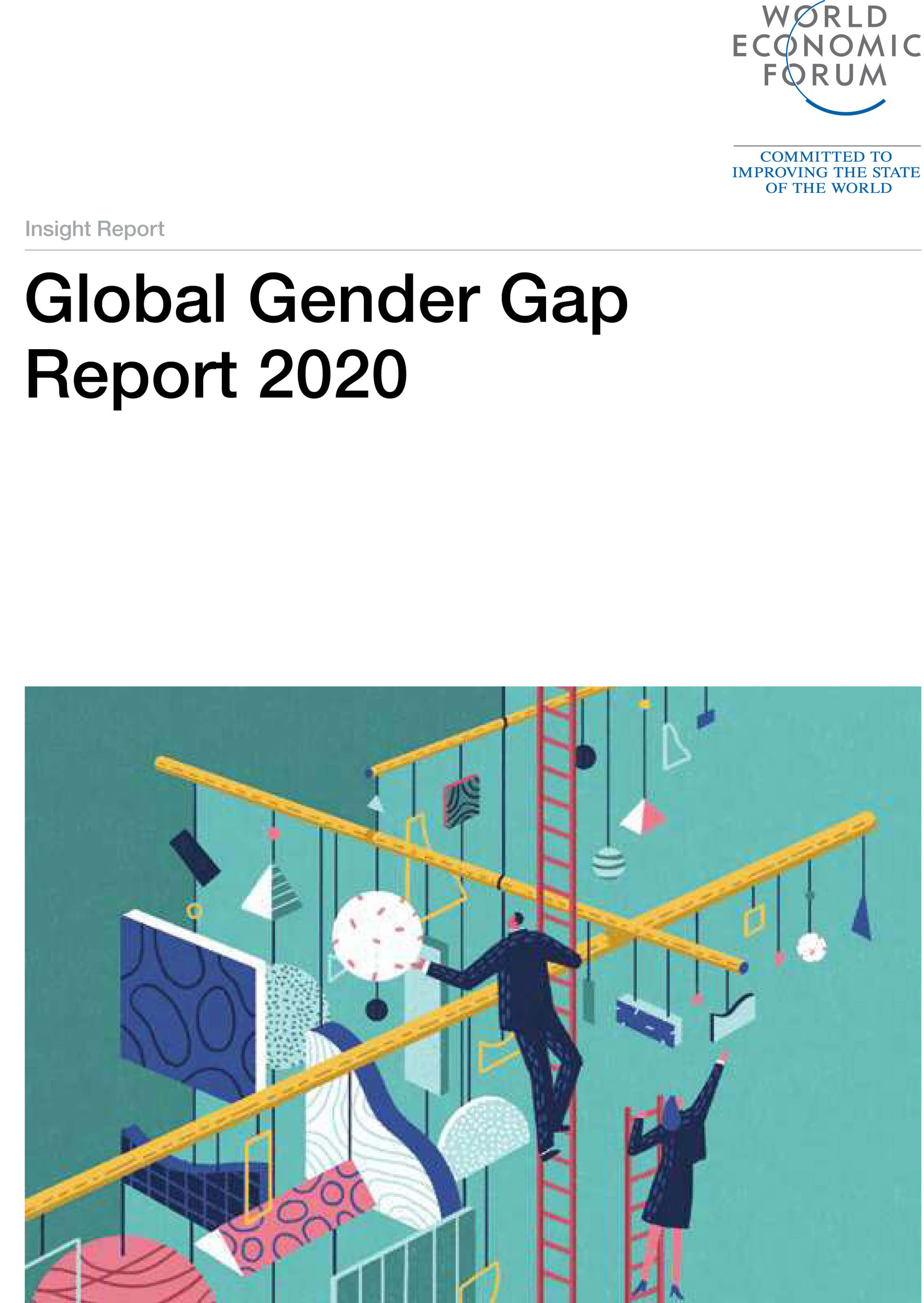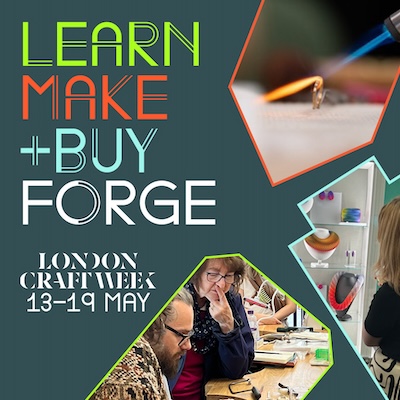International Women's Day 2024
International Women's Day and the Jewellery Industry
Reading Time:
1 min {{readingTime}} mins
As the United Nations mark International Women's Day 2024, the theme this year was 'Invest in women: Accelerate progress'.
"Achieving gender equality and women’s well-being in all aspects of life is more crucial than ever if we want to create prosperous economies and a healthy planet. However, we are facing a key challenge: the alarming $360 billion annual deficit in gender-equality measures by 2030. Join us on March 8, 2024, for International Women’s Day under the theme 'Invest in women: Accelerate progress'"
- United Nations
Celebrating International Women’s Day provides the opportunity to delve into the fugures relating to jewellery, silverware and the allied trades figures in terms of gender parity, equality and the economic gap relating to these.
According to recent published reports
- Women drive demand for more than 90 percent of the world’s jewellery and make up a large portion of the industry’s value chain.
- Globally, in manufacturing, women make up on average 70 percent of the workforce but they are often represented in lower-skilled, lower-paid roles.
- In the U.S. 33 percent of management positions were held by white women in 2020, women of colour held a much smaller share, ranging from 4.5 percent for Hispanic women to 2.2 percent for Asian women.
- According to the World Economic Forum’s 2020 Global Gender Gap report, it will take 257 years to close the economic gender gap.
This begs the question as to whether there needs to be parity in representation within the Jewellery Industry, Silverware and Allied Crafts on policy setting and decision making bodies - the boards, committees and groups within the the corporate sector and well as the supporting areas of the public and third (charity) sectors.
If women drive 90% of jewellery demand and make up 70% its global workforce, where are the figures which demonstrate at least a representative 50:50 parity of 'seats at the table'?
Seats at the table enable involvement and influence as part of the decision making process. If non-representative decisions for the sector are being taken, are these decisions even safe? Equality and parity in representation effects the market proposition, the workplace, culture and behaviour.
In the last five years there have been a number of reports published which go some way into investigating these propositions. Mainly led by the Responsible Jewellery Council (RJC) and the Watch and Jewellery Initiative 2030, in response to the UN's Sustainable Development Goal 5: Gender Equality.
The following reports are worth a read:

RJC Gender Equality Report 2021 – a collaboration between RJC, BSR and CIBJO.
www.responsiblejewellery.com
Watch and Jewellery Initiative 2030
Women in the Jewelry Supply Chain - A Landscape Review of Barriers to Women’s Economic Empowerment:
Advancing Gender Equality Through Gender Responsive Procurement In The Watch And Jewelry Industry Case Study:
World Economic Forum’s 2020 Global Gender Gap Report:
www3.weforum.org/docs/WEF_GGGR_2020.pdf
Solutions
Established by UN Women and UN Global Compact, The Women’s Empowerment Principles (WEPs) offer guidance to business on how to advance gender equality and women’s empowerment in the workplace, marketplace and community:
Author:
Published:












